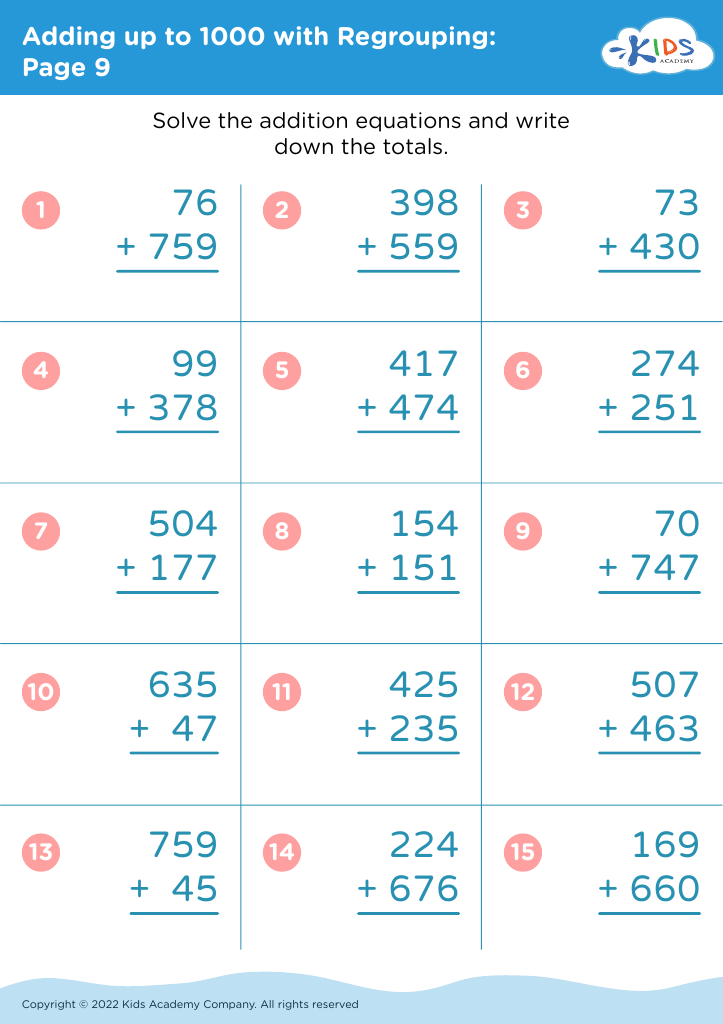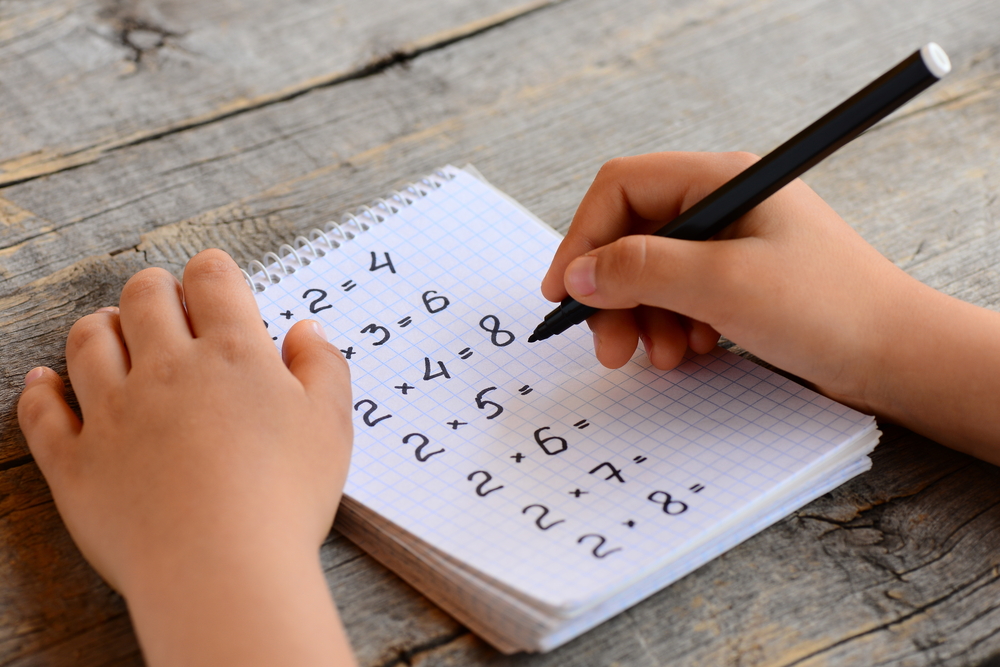Geometrical concepts Worksheets for Kids
1 filtered results
-
From - To
Question/Answer
How to train the Geometrical concepts skill in Grade 2 students learning about Adding up to 1000 with Regrouping?
To train Grade 2 students in geometrical concepts while teaching adding up to 1000 with regrouping, use visual aids like base-ten blocks or place value charts. Incorporate shapes to represent hundreds, tens, and ones, facilitating a tangible understanding of regrouping and addition. Engage them in activities where they physically move and regroup shapes to solve addition problems.
How to test a Grade 2 student’s Geometrical concepts skills?
To test a Grade 2 student's geometrical concepts skills, provide them with shapes and ask them to identify, describe, and classify each one. Use hands-on activities like constructing shapes with materials, and simple drawing exercises.
How does the mastery of the Geometrical concepts skill affect a student's performance at an early age?
Mastery of geometrical concepts at an early age significantly enhances a student's mathematical understanding, spatial reasoning, and problem-solving skills. It lays a strong foundation for advanced mathematical concepts, improves cognitive abilities, and fosters an analytical mindset. This early competence in geometry also boosts confidence and academic performance in mathematics and related disciplines, contributing to overall educational success.













